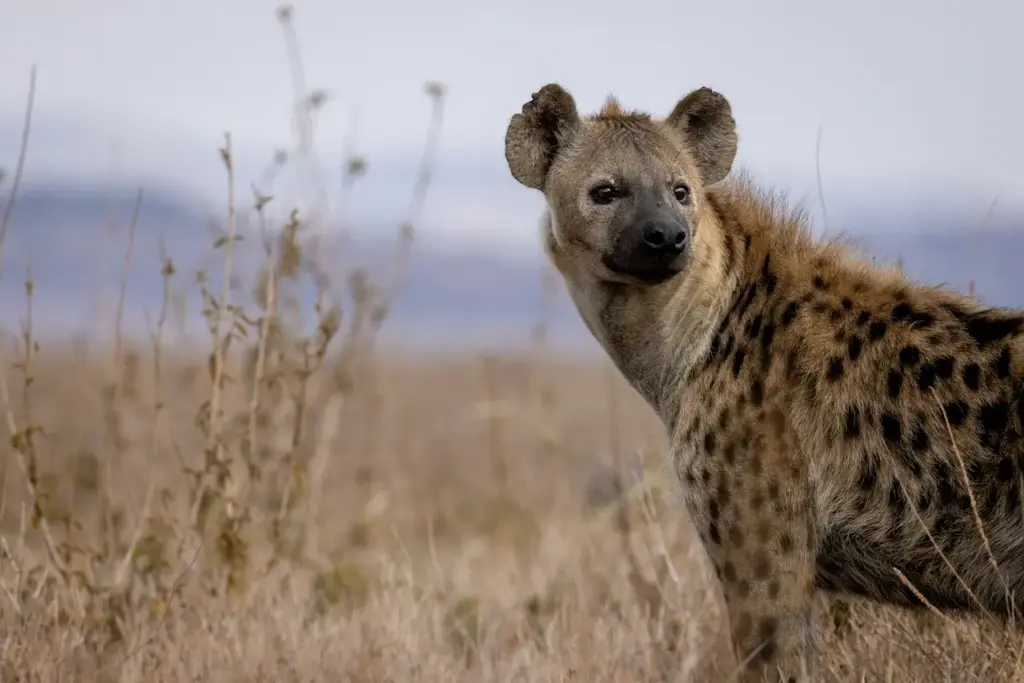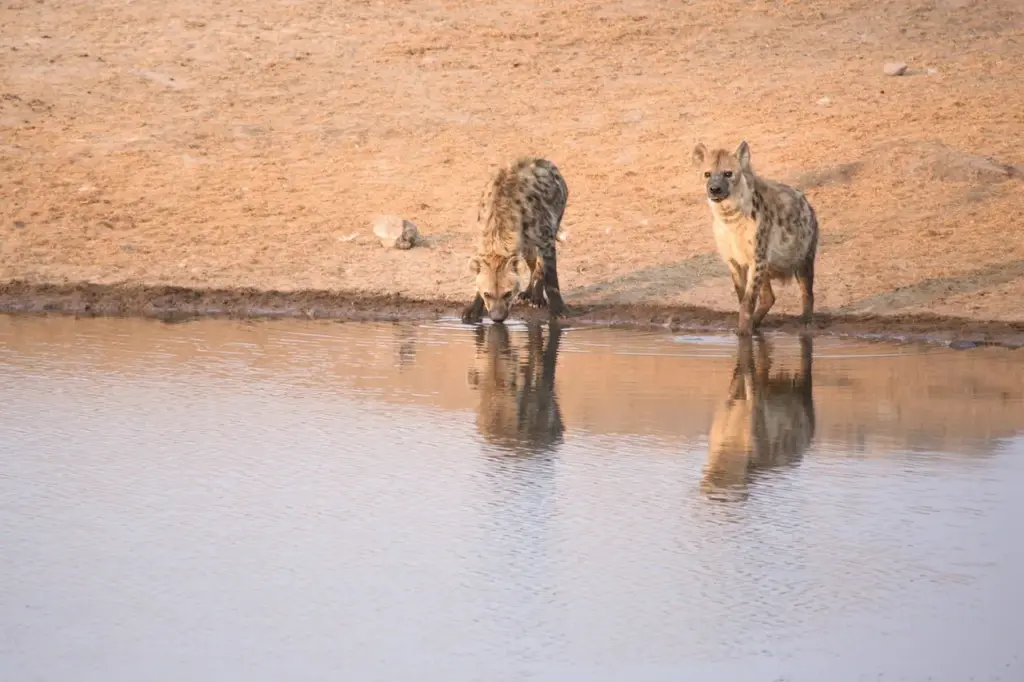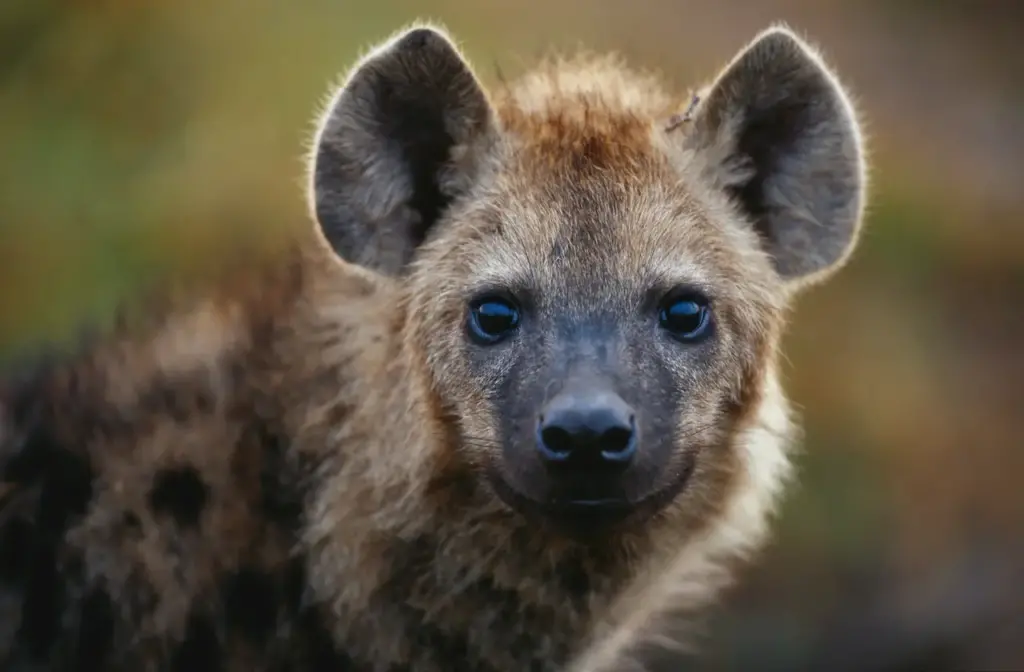What Eats Hyenas?
Categories
- Accipitridae (1)
- Acrididae (1)
- Algae (2)
- Alligatoridae (1)
- Amoebidae (1)
- Amphibians (3)
- Anatidae (1)
- Anguillidae (1)
- Arachnids (2)
- Bears (2)
- Big Cats (3)
- Birds (13)
- Bovidae (5)
- Bufonidae (1)
- Camelids (1)
- Cameras (1)
- Canines (13)
- Caridea (1)
- Carnivora (10)
- Castoridae (1)
- Cats (5)
- Cebidae (1)
- Cephalopod (1)
- Cervidae (2)
- Cetacean (1)
- Chondrichthyes (1)
- Crocodilia (2)
- Crustaceans (4)
- Culicidae (1)
- Cyaneidae (1)
- Dasypodidae (1)
- Dasyurids (1)
- Deer (1)
- Delphinidae (1)
- Desktop (1)
- Didelphidae (1)
- Dinosaurs (1)
- Dogs (13)
- Dolphins (2)
- Echinoderms (1)
- Education (10)
- Elephantidae (1)
- Equine (1)
- Erethizontidae (1)
- Erinaceidae (1)
- Farming (1)
- Felidae (5)
- Fish (5)
- Food Chain (31)
- Food Web (2)
- Formicidae (1)
- Frugivore (1)
- Gaming (1)
- Gastropods (1)
- Giraffids (1)
- Great Apes (2)
- Health Conditions (3)
- Herbivore (4)
- Hi-Fi (1)
- Hippopotamidae (1)
- Hominidae (1)
- Insects (10)
- Invertebrates (2)
- Keyboards (1)
- Laptops (1)
- Leporidae (1)
- Mammals (23)
- Marsupials (4)
- Mephitidae (1)
- Microchiroptera (1)
- Mollusks (2)
- Mongoose (1)
- Muridae (1)
- Nocturnal Animals (1)
- Odobenidae (1)
- Omnivore (2)
- Phasianidae (1)
- Phocidae (1)
- Plankton (1)
- Plants (2)
- Primate (1)
- Ranidae (1)
- Reptiles (7)
- Rhinocerotidae (1)
- Rodents (5)
- Salamandridae (1)
- Scarabaeidae (1)
- Sciuridae (2)
- Sharks (1)
- Shellfish (1)
- Sound (1)
- Spheniscidae (1)
- Suidae (1)
- Superfamily Papilionoidea (1)
- Theraphosidae (1)
- What Eats (5)
Hyenas are unique and fascinating creatures that play an important role in the ecosystems they inhabit across Africa and parts of Asia.
As opportunistic carnivores, hyenas have a varied diet and fill an important ecological niche as both predators and scavengers. But hyenas also have their predators to watch out for in the wild.
In this article, we’ll take a closer look at what eats hyenas and what hyenas eat themselves.
Table of Contents
Toggle
Closeup Image of Hyenas
What Eats Hyenas? Hyena Predators
As powerful hunters and scavengers, hyenas may seem invincible. But in reality, they do face threats from a number of different predators across their habitat range. Here are some of the main predators of hyenas:
Lions
Lions are by far the biggest threat to hyenas in most areas where the two species overlap. As the dominant large predator in Africa, lions will readily kill and eat hyenas when they get the chance. Lions will also steal fresh kills from hyena clans, forcing the hyenas to retreat.
Male lions have even been observed specifically targeting and killing hyena cubs to eliminate future competition. Conflicts between lions and hyena clans over territory and food are common, with hyenas usually on the losing end.
Leopards
Leopards are aggressive predators that can prey on hyenas, especially younger or infirm individuals.
Leopards are skilled tree climbers, and will often drag their hyena kills into trees to protect them from theft by other predators and scavengers, including hyenas themselves. Leopards will also readily swoop in and take over hyena kills when possible.
African Wild Dogs
African wild dogs, also called painted wolves, are effective pack hunters that can occasionally prey on single hyenas.
However, clashes between wild dogs and hyena clans are risky for both sides and therefore rare. Moreover, isolated individual hyenas may fall prey to groups of wild dogs.
Nile Crocodiles
The formidable Nile crocodile will prey on any hyenas that get too close to the water’s edge. Hyenas must exercise caution when approaching bodies of water containing crocodiles and avoid becoming an easy meal.
Snakes
Large snake species can potentially pose a threat to hyena cubs or smaller hyenas. This includes dangerous snakes like black mambas, puff adders, African rock pythons, and Egyptian cobras. Adult hyenas are generally too large for snakes to prey on.
Humans
Humans pose the biggest threat to hyena populations through hunting, poaching, and habitat destruction. Some cultures associate hyenas with witchcraft, leading to the widespread persecution and hunting of the animals.
Hyenas are also killed by snares and poison intended for other predators. Conservation efforts are increasingly aimed at protecting hyenas and preserving their populations.

Two Hyenas in the Lake Drinking Water
What Do Hyenas Eat? Hyena Diet
Hyenas have a very diverse, omnivorous diet. As opportunistic predators and skilled scavengers, they will eat almost anything they can find or catch. Here is an overview of the varied hyena diet.
Meat
Around 95% of a hyena’s diet consists of meat. They are talented hunters with incredibly strong jaws that can devour entire animal carcasses, bones, and all. Hyenas will hunt and eat a wide variety of prey, including:
In addition to hunting live prey, hyenas are highly skilled scavengers. They will happily feast on carcasses killed by other predators like lions. Their incredibly strong digestive systems allow them to thrive on rotting, diseased meat that other scavengers won’t eat.
Fruits
Hyenas will supplement their carnivorous habits by occasionally eating fruit. When available, they will readily devour fruits like watermelon, plum, lychee, and others. Fruits can provide hyenas with an additional source of nutrition and hydration.
Eggs
Hyenas will raid bird nests and eat eggs whenever the opportunity arises. Ostrich eggs are a particular favourite due to their large size. The eggs provide hyenas with another nutritious source of food.
Milk
Spotted hyena cubs will nurse from their mothers for up to 18 months, getting vital nutrients from their milk. Even adults may occasionally nurse from lactating females in their clan.
Grass
Hyenas have been observed eating grass on occasion. Scientists believe grass may help hyenas expel hair, bone fragments, and other indigestible materials from fresh kill out of their digestive tracts. The fibre may also provide some micro-nutrients.
Carrion
As scavengers, hyenas have strong enough stomachs to eat rotting carcasses and meat infected with deadly bacteria like anthrax and botulism.
Their incredibly robust immune systems and digestive tracts allow them to thrive on meat other animals would avoid. Eating carrion helps hyenas get nutrition.
Unique Hunting and Foraging Strategies
Hyenas have developed several unique hunting and foraging strategies to take full advantage of their diverse food sources:
- Bone Crushing Jaws – Hyenas have the strongest bite force relative to the body size of any land carnivore. Their massive jaws and special teeth allow them to crush and digest entire bones. This gives them access to marrow and nutrients other predators can’t reach.
- Intelligence – Hyenas are highly intelligent, social animals that work together and communicate to surround and isolate prey animals from their herds for the kill.
- Scavenging Skills – Hyenas use their keen sense of smell to pick up the scent of carrion from remarkable distances. They are also intelligent enough to follow vultures circling over a fresh kill. Their powerful jaws let them break through tough hide and bones to access meat.
- Food Caching – Hyenas will sometimes stash excess food in secluded locations and return to it later when prey is scarce. This food caching gives them access to additional nutrition when needed.
- Communal Living – Hyenas’ social clan structure and teamwork allow them to take down prey and defend carcasses from other predators more effectively.
- Digestive tract adaptations – From their caustic stomach acid to intestines packed with beneficial bacteria, hyenas have specialized digestive systems that allow them to thrive on meat other scavengers can’t stomach.

Head Shot Of Hyena
Frequently Asked Questions
Why do hyenas and lions fight so much?
Competition and conflict between hyenas and lions are common across overlapping territories in Africa. Lions view hyenas as a threat and nuisance, while hyenas see lions as competitors for food and space. Lions will readily kill hyenas to eliminate the competition.
They also frequently steal fresh kills from hyena clans. Hyenas use their numbers to stand their ground, but lions have the advantage of strength. These disputes can sometimes escalate into prolonged battles between hyena clans and the pride of lions.
How can hyenas safely eat rotting, disease-infected meat?
Hyenas have a remarkable set of adaptations that allow them to thrive as scavengers on carrion other animals would avoid. Their tremendously acidic stomach juices teeming with bacteria help break down and kill harmful organisms consumed with decomposing meat.
Special proteins in hyena blood neutralize deadly toxins associated with rotting flesh. Their liver enzymes are excellent at metabolizing these toxins as well.
Why do hyenas sometimes eat grass and fruit if they are carnivores?
While hyenas get the bulk of their nutrition from meat, they are opportunistic feeders that will sample many kinds of food.
Fruit gives them an additional source of energy and nutrients in their diet. Grass provides fibre that is thought to help hyenas regurgitate the hair, hooves, and bone fragments they ingest while devouring carcasses.
Conclusion
Hyenas have adapted to be highly effective hunters, scavengers, and opportunistic foragers. Their intelligence, social structure, formidable jaws, strong digestive systems, and other adaptations all work together to allow hyenas to thrive on a diverse, protein-rich diet.
But even these powerful predators must watch their backs from lions, leopards, and other dangers. The hyena’s unique place in the food web helps maintain the delicate ecological balance of the African savannas.
